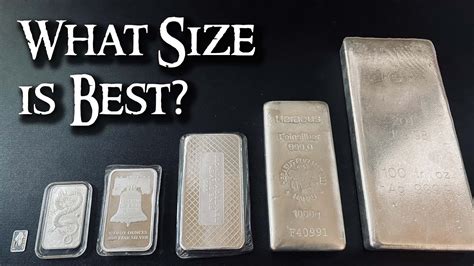Introduction
As an precious metal, silver has fascinated humanity for centuries, capturing the imagination of investors, collectors, and industrialists alike. Despite its fluctuating value throughout history, silver remains a highly sought-after asset, its price driven by a complex interplay of supply and demand dynamics. In this article, we delve into the factors influencing the price of one gram of silver, exploring its historical trends, current market conditions, and future projections.

Historical Trends
The long-term price trajectory of silver has been characterized by periods of both stability and volatility.
- 1970s: The price of silver soared to record highs during the 1970s, driven by inflation, geopolitical uncertainties, and speculative buying. It reached its peak in 1980 at over $50 per troy ounce (approximately $2.75 per gram).
- 1980s-2000s: Silver prices experienced a significant decline in the following decades, fluctuating between $4 and $7 per troy ounce (approximately $0.25 and $0.45 per gram).
- 2000s-Present: The 21st century has witnessed a gradual recovery in silver prices, driven by increasing demand for industrial uses, investment, and safe-haven assets.
Current Market Conditions
The price of one gram of silver in 2023 stood at approximately $0.70, representing a moderate increase over the past few years. This value is influenced by several key factors:
- Supply: Silver is primarily mined from ore deposits, with the largest producers being Mexico, Peru, China, and Australia. Supply disruptions, such as mine closures or labor strikes, can impact availability and drive up prices.
- Demand: Silver has a wide range of applications, including jewelry, electronics, photography, and industrial processes. Increasing demand for these applications can exert upward pressure on prices.
- Investment: Silver is often considered a safe-haven asset during periods of economic uncertainty or geopolitical turmoil, leading to increased demand from investors.
- Currency fluctuations: The value of silver is often tied to the value of the US dollar, with a stronger dollar generally leading to lower silver prices and vice versa.
Future Projections
Predicting the price of one gram of silver in 2025 is challenging due to the inherent volatility of the market. However, analysts and industry experts offer some insights based on historical trends and current market conditions:
- Growth Potential: The growing demand for silver in industrial applications, particularly in the renewable energy sector, is expected to support future price growth.
- Inflation Risk: Inflationary pressures and economic uncertainty may drive investors towards safe-haven assets, including silver, potentially boosting its value.
- Supply Constraints: Depletion of easily accessible silver reserves may lead to supply constraints, providing further price support.
Investment Considerations
Investing in silver can be a complex decision, and it is crucial to approach it with a clear understanding of the risks and potential rewards.
-
Pros:
- Silver has historically served as a safe-haven asset, maintaining its value during periods of economic turbulence.
- Its industrial applications and investment demand provide diversification and potential growth opportunities.
- Silver is physically tangible, offering an alternative to digital investments.
-
Cons:
- The price of silver can be volatile, subject to market fluctuations and external factors.
- Storage and insurance costs associated with physical silver investments can add to the overall expense.
- Silver may not provide the same level of returns as other investment options, such as stocks or bonds.
Strategies for Investing in Silver
There are various strategies for investing in silver, each with its own advantages and disadvantages:
- Physical Silver: Purchasing physical silver, such as coins, bars, or jewelry, provides tangible ownership of the metal. However, it requires secure storage and may incur additional costs for insurance.
- Silver ETFs: Silver exchange-traded funds (ETFs) offer a convenient way to invest in silver without the need for physical storage. They provide exposure to the underlying silver price and are typically traded on major stock exchanges.
- Silver Futures: Silver futures contracts allow investors to speculate on the future price of silver. They involve a higher level of risk and require a greater understanding of the futures market.
Applications of Silver
Beyond its investment appeal, silver is a versatile metal with a wide range of applications:
- Jewelry: Silver has been used in jewelry making for centuries, prized for its beauty, durability, and malleability.
- Electronics: Silver is an excellent conductor of electricity, making it essential for electronic components, such as transistors, solar cells, and printed circuit boards.
- Photography: Silver halide crystals are used in photographic film and paper, allowing the capture and printing of images.
- Medical: Silver has antimicrobial properties, leading to its use in medical devices, wound dressings, and antimicrobial coatings.
Conclusion
The price of one gram of silver is influenced by a multitude of factors, including supply, demand, investment preferences, and currency fluctuations. Understanding these dynamics is crucial for navigating the silver market. While silver has historically been a safe-haven asset, it is essential to approach investments with caution and consider both the potential rewards and risks. As technology advances and new applications emerge, the demand for silver is likely to continue, supporting its value in the years to come.



